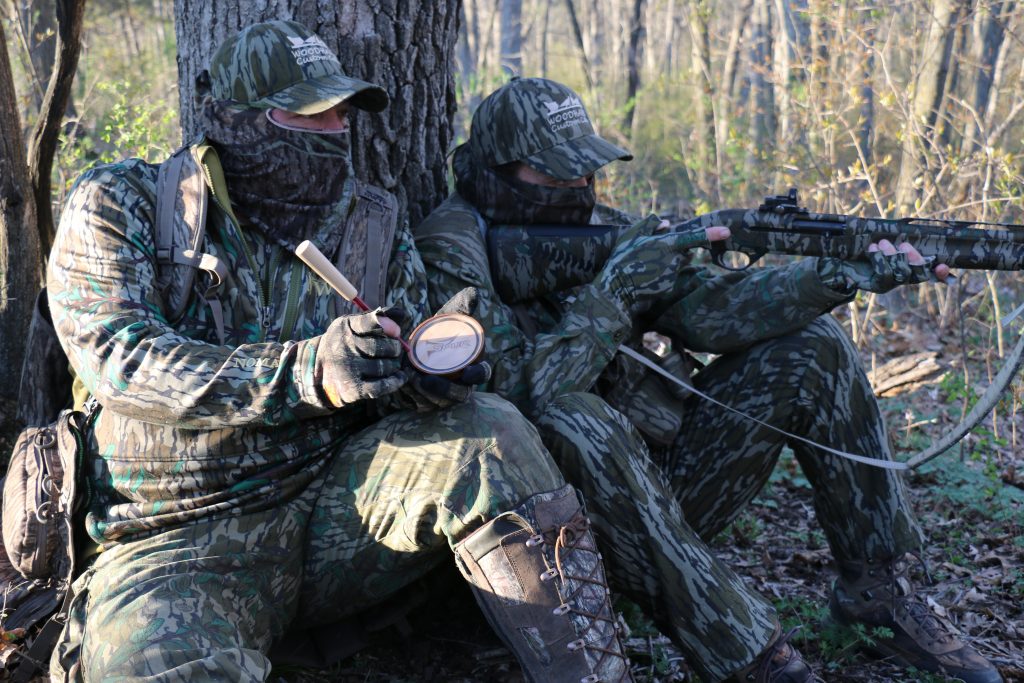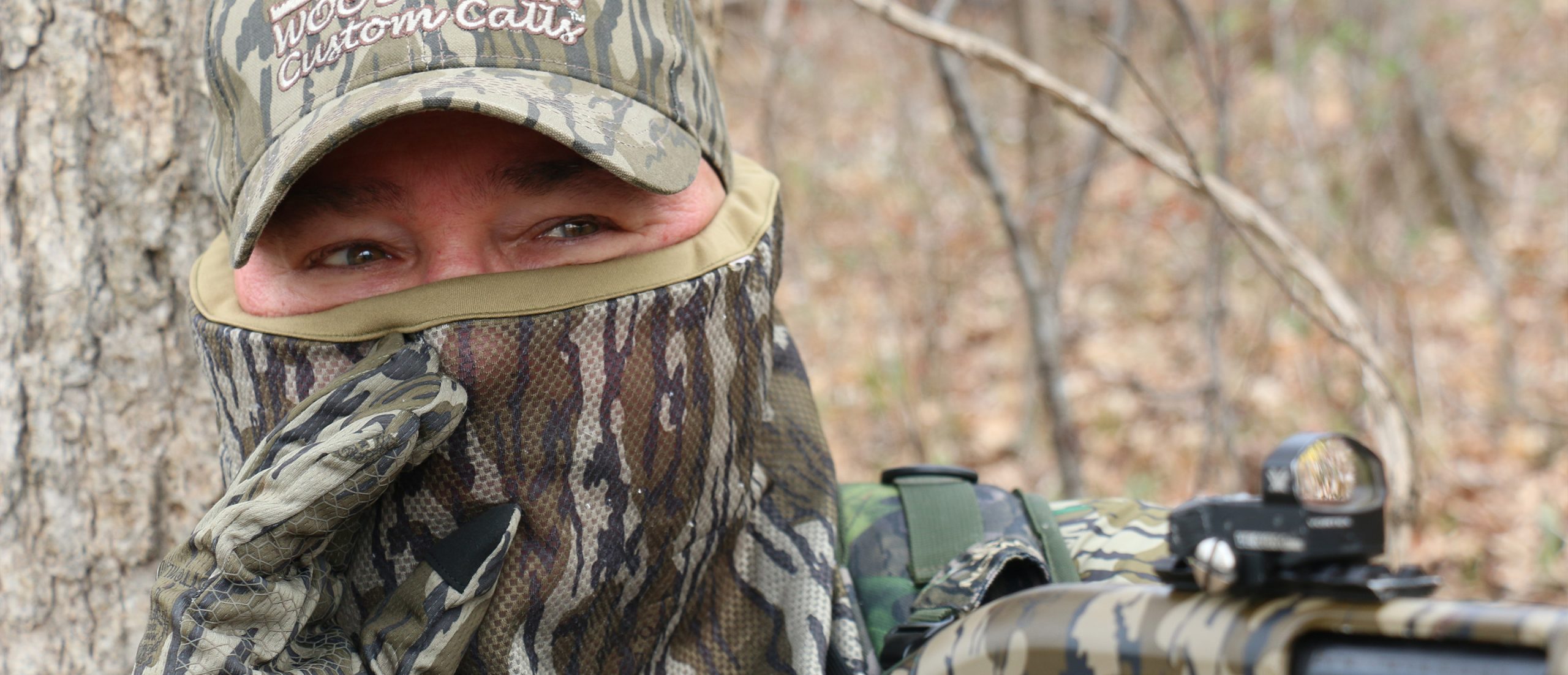Improve Your Yelp
Working on the front end of the basic hen yelp will help put more realism in your calling.
The yelp might be the most basic and essential turkey call, especially because it has so many variations. Yet sometimes, callers fall short with yelping because they don’t focus enough on the call’s critical first note.
The front end of the yelp — essentially a clear, high-pitched whistle — is the backbone of realistic calling. Here’s how some of today’s top turkey pros produce great first notes with various devices.
Pot and Peg Calls

“The front end or initial note is so important to the whole calling sequence,” said Pat Strawser, an award-winning call maker and three-time Grand Nationals Calling Championships Friction winner. “Not too high, not too low, but just the right tone.”
With pots, Strawser recommends that callers find the tonal sweet spot on the call’s surface and mark it with a black marker. Then, they should focus on the basics of using a consistent angle and pressure on the striker.
“Listen to as many real hen clips as you can, and just concentrate on that first note,” he said.
Boxes
Strawser said consistency is also critical when producing the first note of a yelp on a box call.
“Try to just open the box far enough to get the proper tone you want,” he said. “Mark it on the lid if you want to. As you start to run the box, apply very little down pressure. Just let the box make that first note for you, and then apply the pressure as you end the yelp.”
Diaphragms
Steve Stoltz, the 1993 World Championship Turkey Calling Contest winner, with Woodhaven Custom Calls, said focusing on special technique can help callers build a clearer front end in each yelp.
“I would suggest doing what I call a kee-kee yelp or tree-call yelp on the first few yelps of a series,” he said. “That means you actually start to whistle with the call and then change that high-pitched whistle into a clear yelp. Start the first few yelps with the higher clear yelp, and then let the call drop into the raspy notes. This should help build a better front end in your calling routine on stage or in the woods.”
Stoltz said having the ideal mouth call construction can also help callers produce a better first note. He actually lost some of his front end and all of the middle portion of his yelp in the mid-2000s. Without his previous “pretty hen yelp,” his contest scores dropped. Working with fellow callers, he discovered that a call with a very loose side tension on the latex and almost no back tension let him improve his first note.
“That helped me regain the control I needed to add that clear, higher-pitched front end that a real live hen has,” he said. “And it really didn’t matter which cut [I used]. I had the front, middle and back end in my yelp.”
